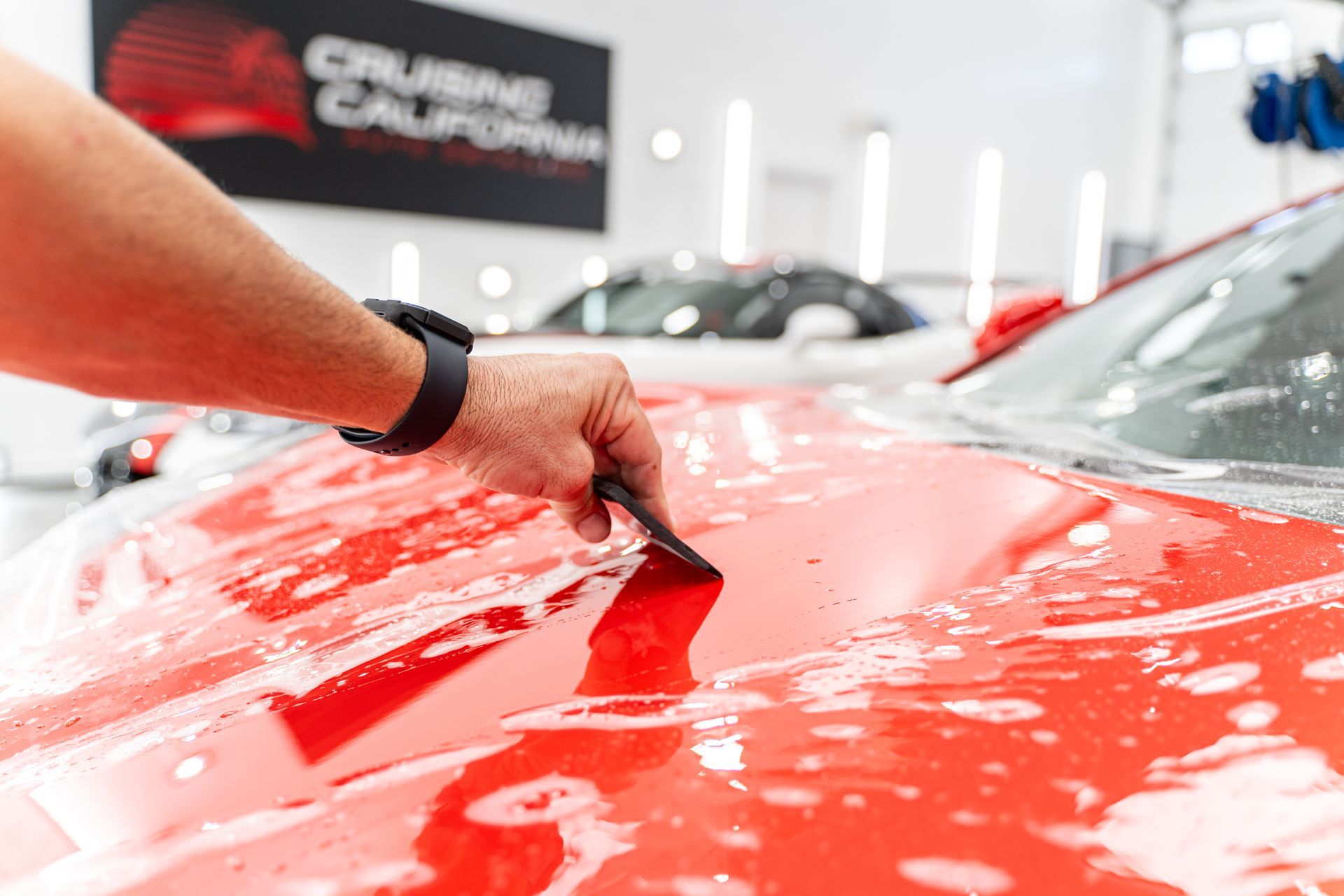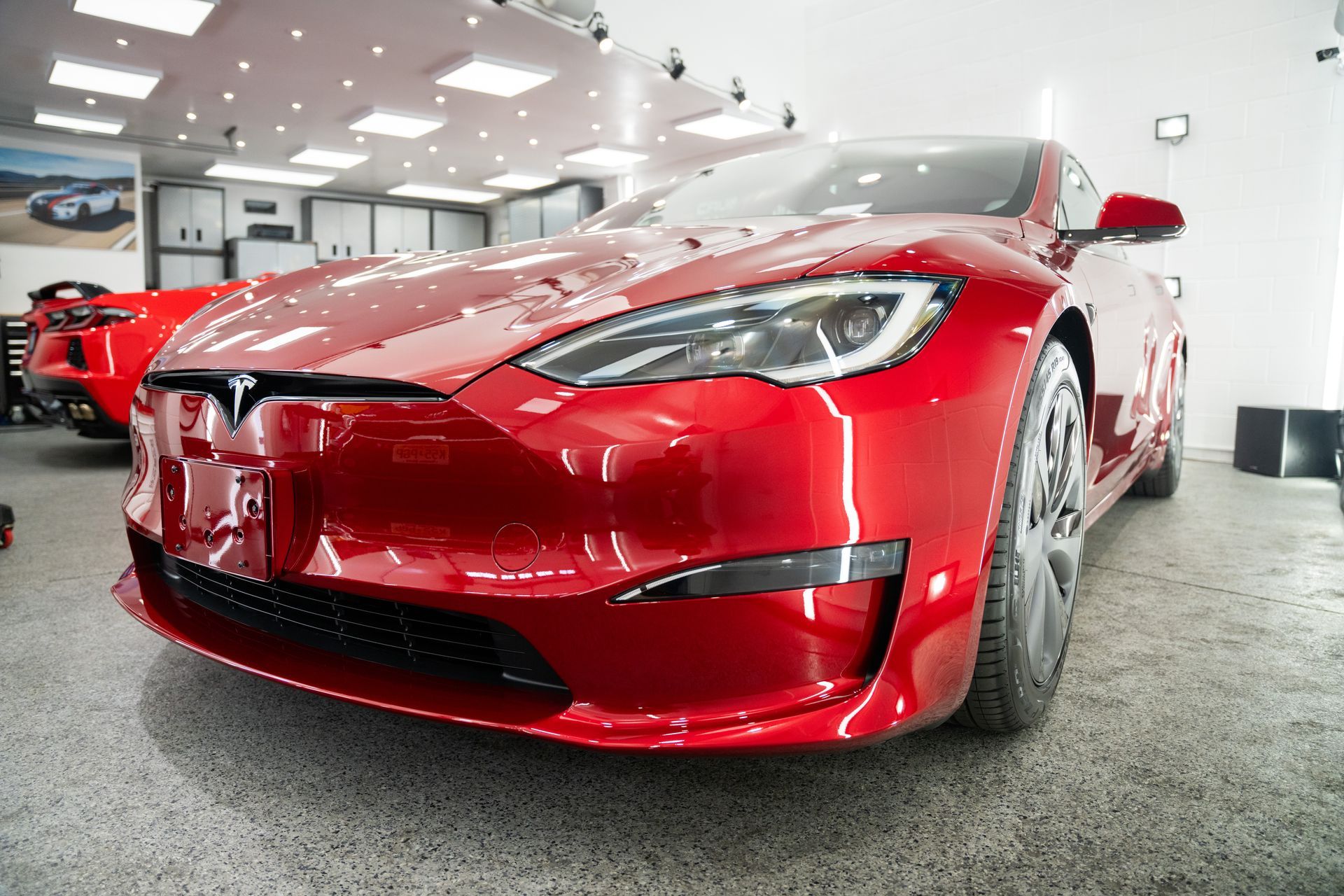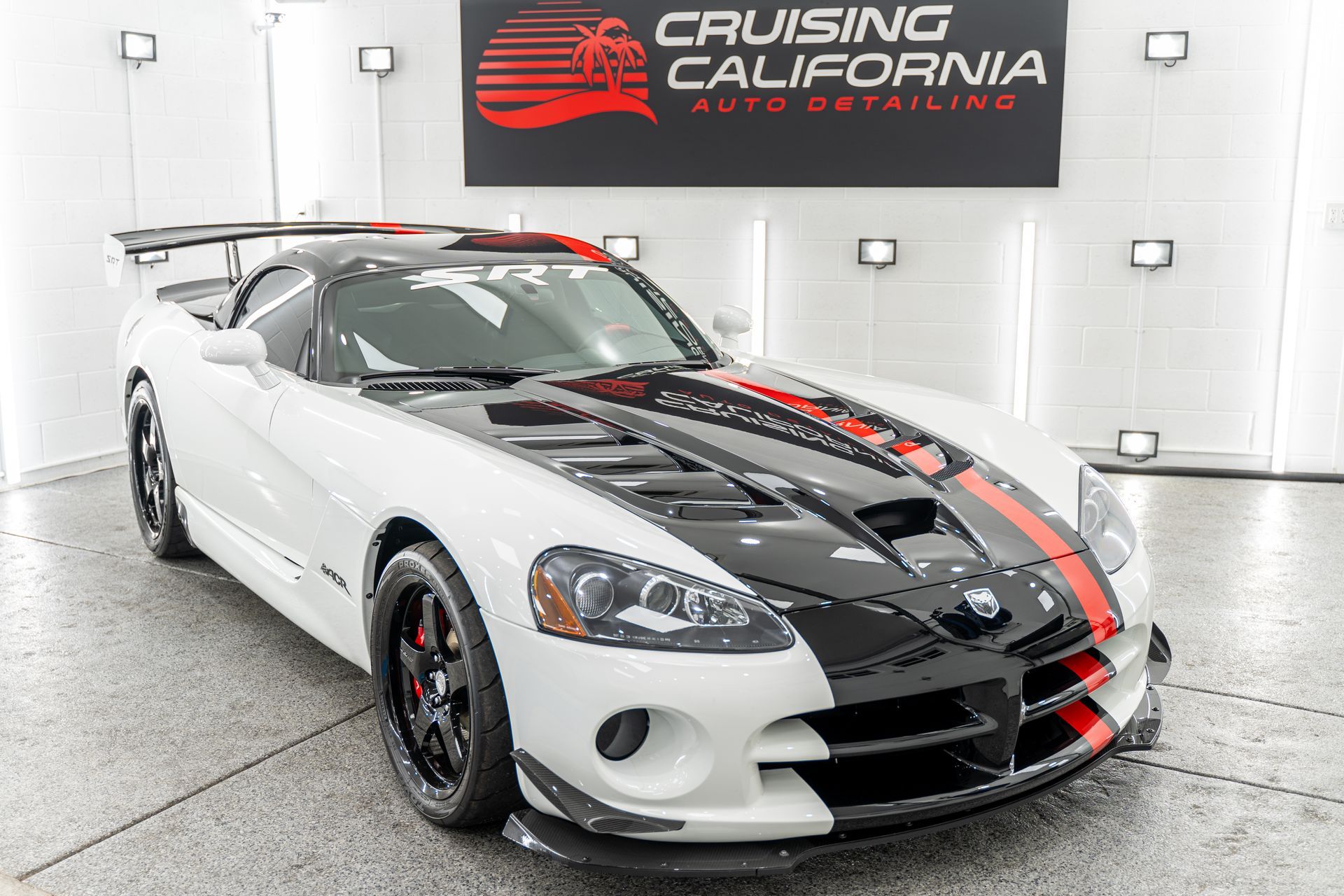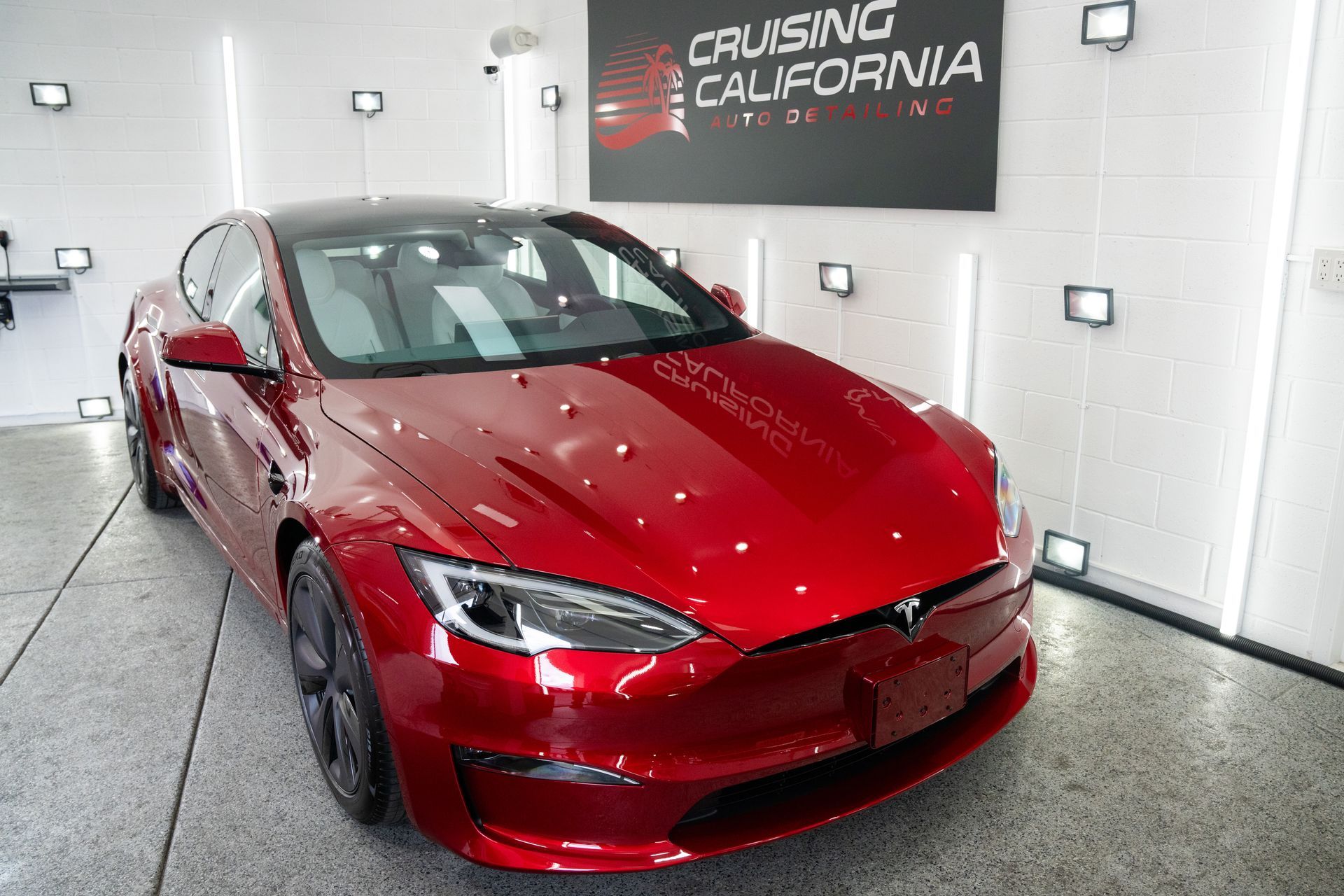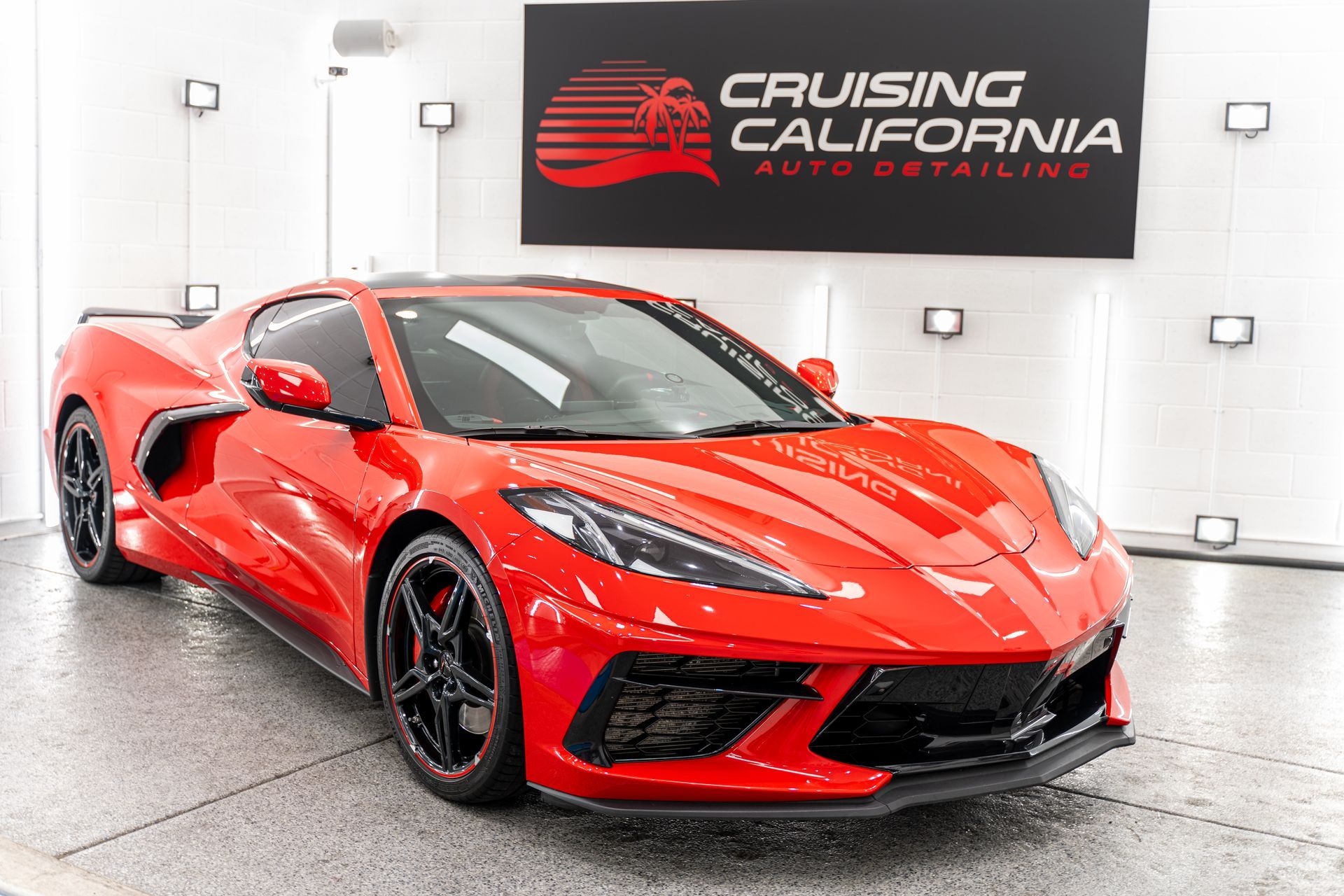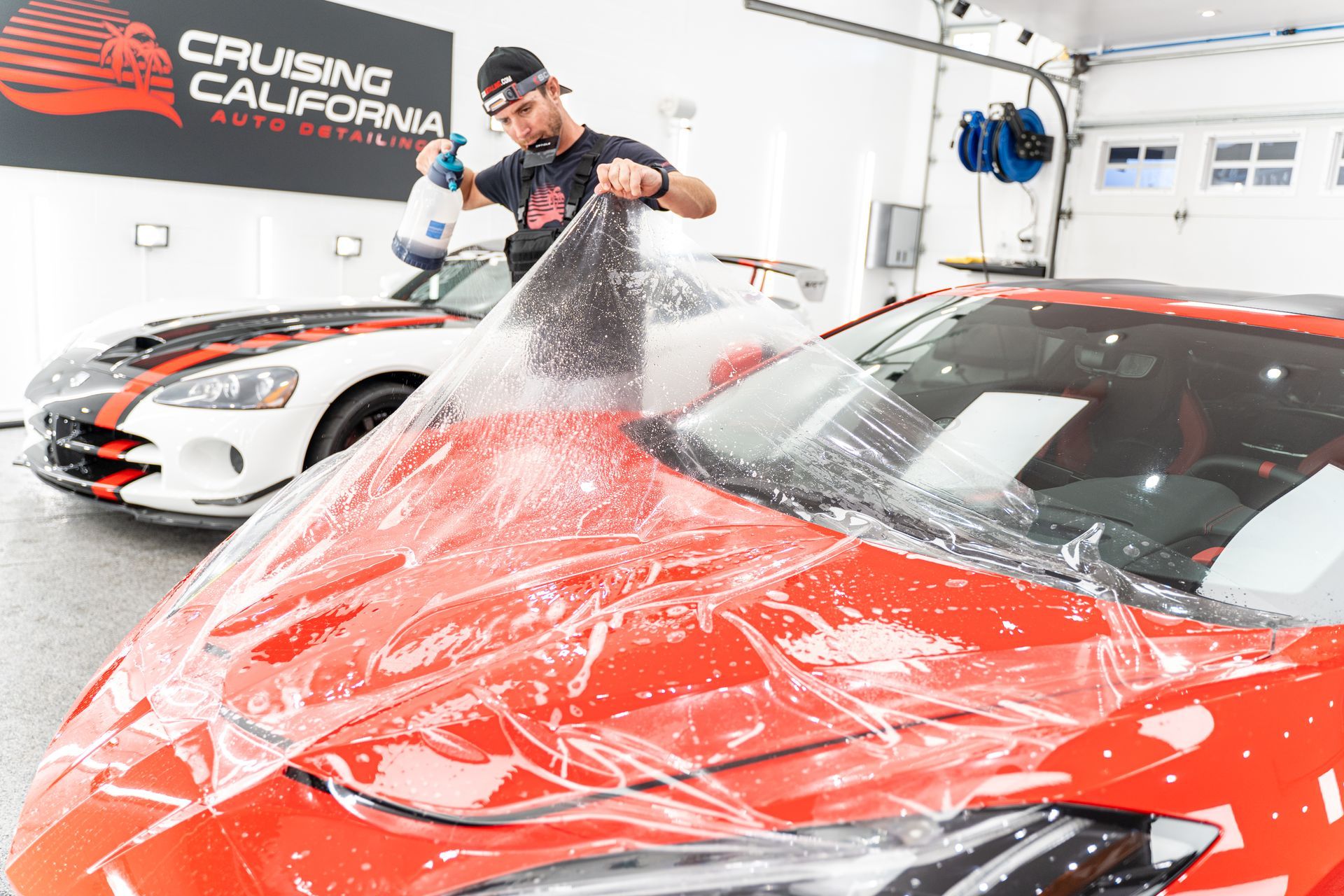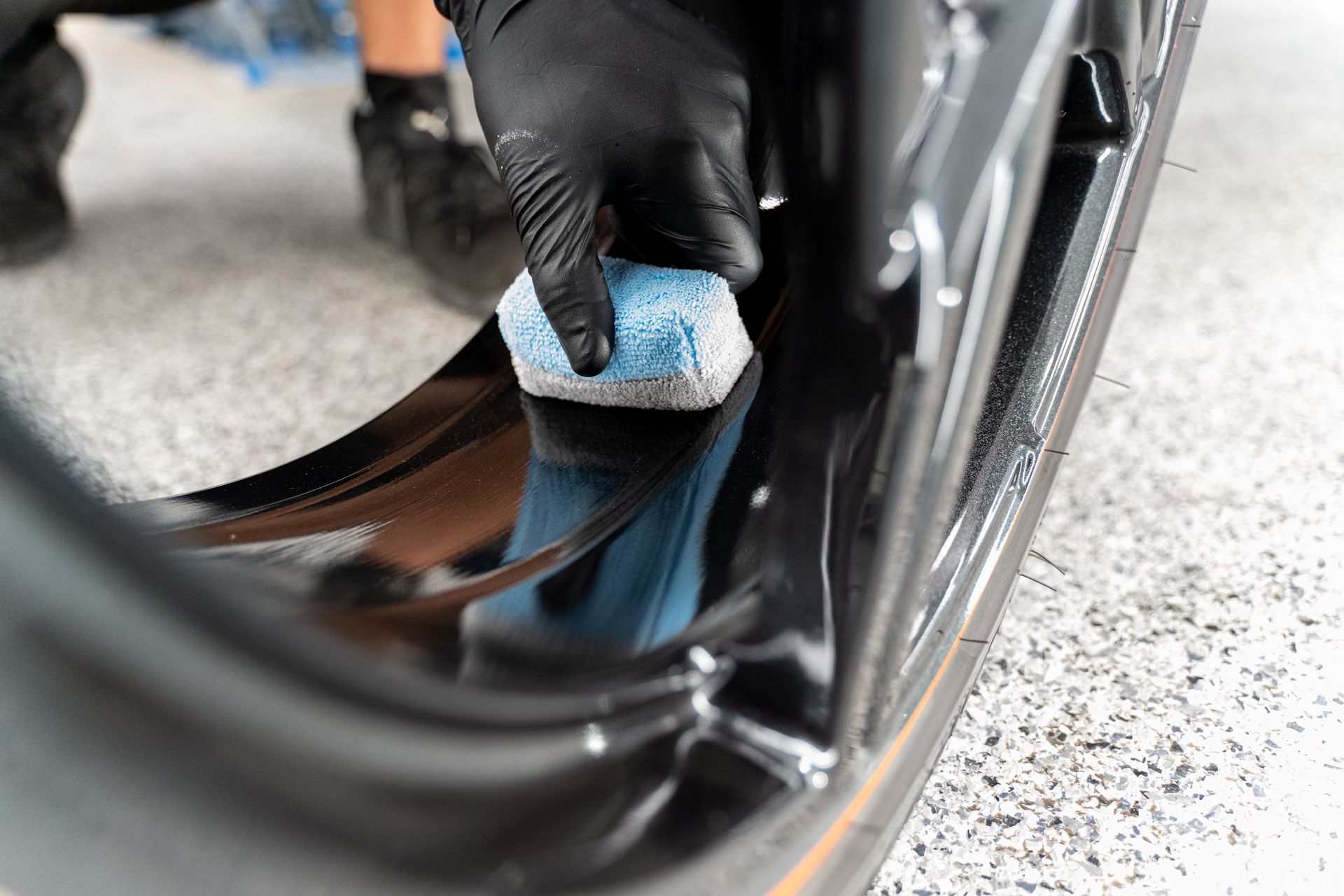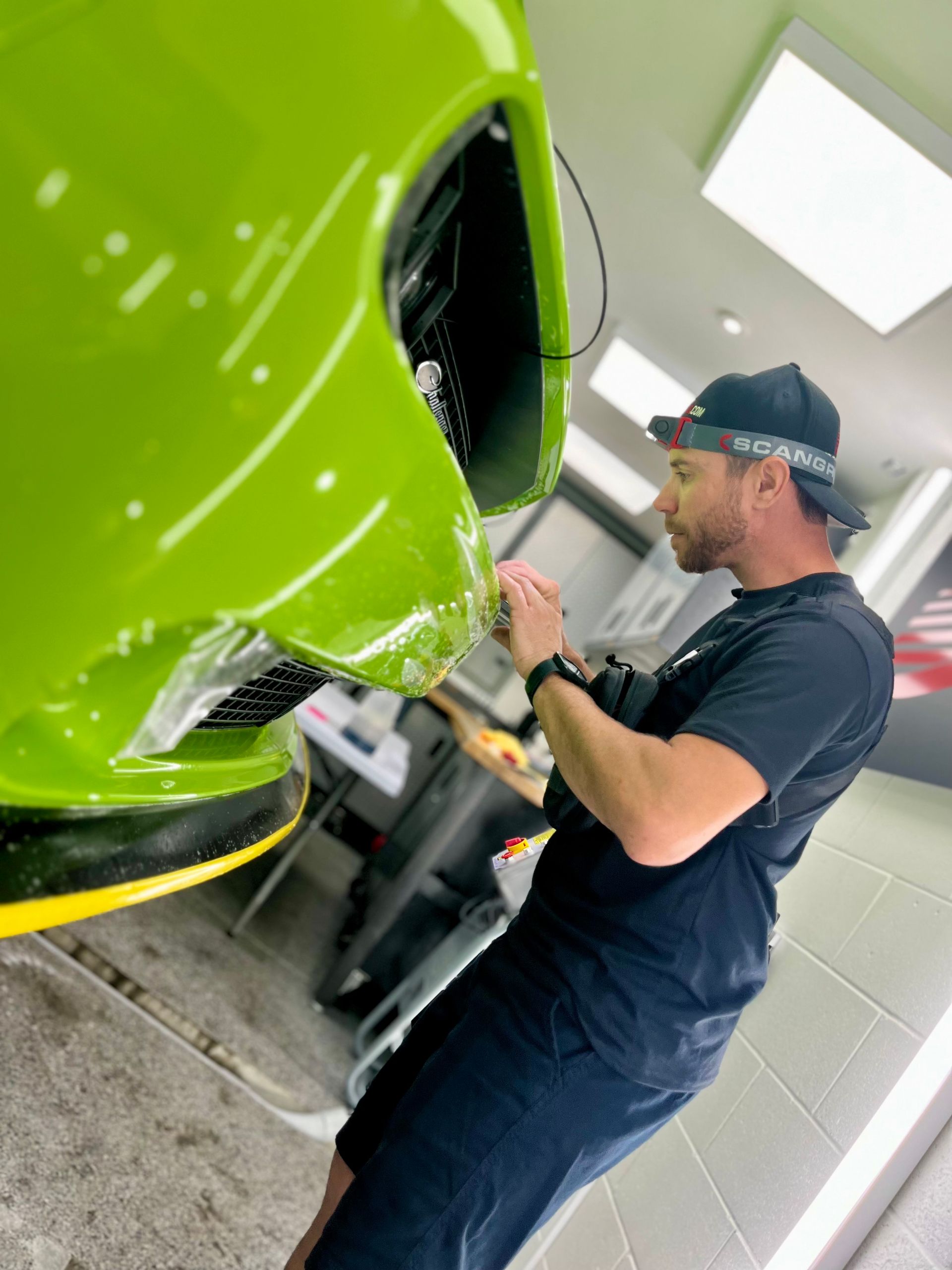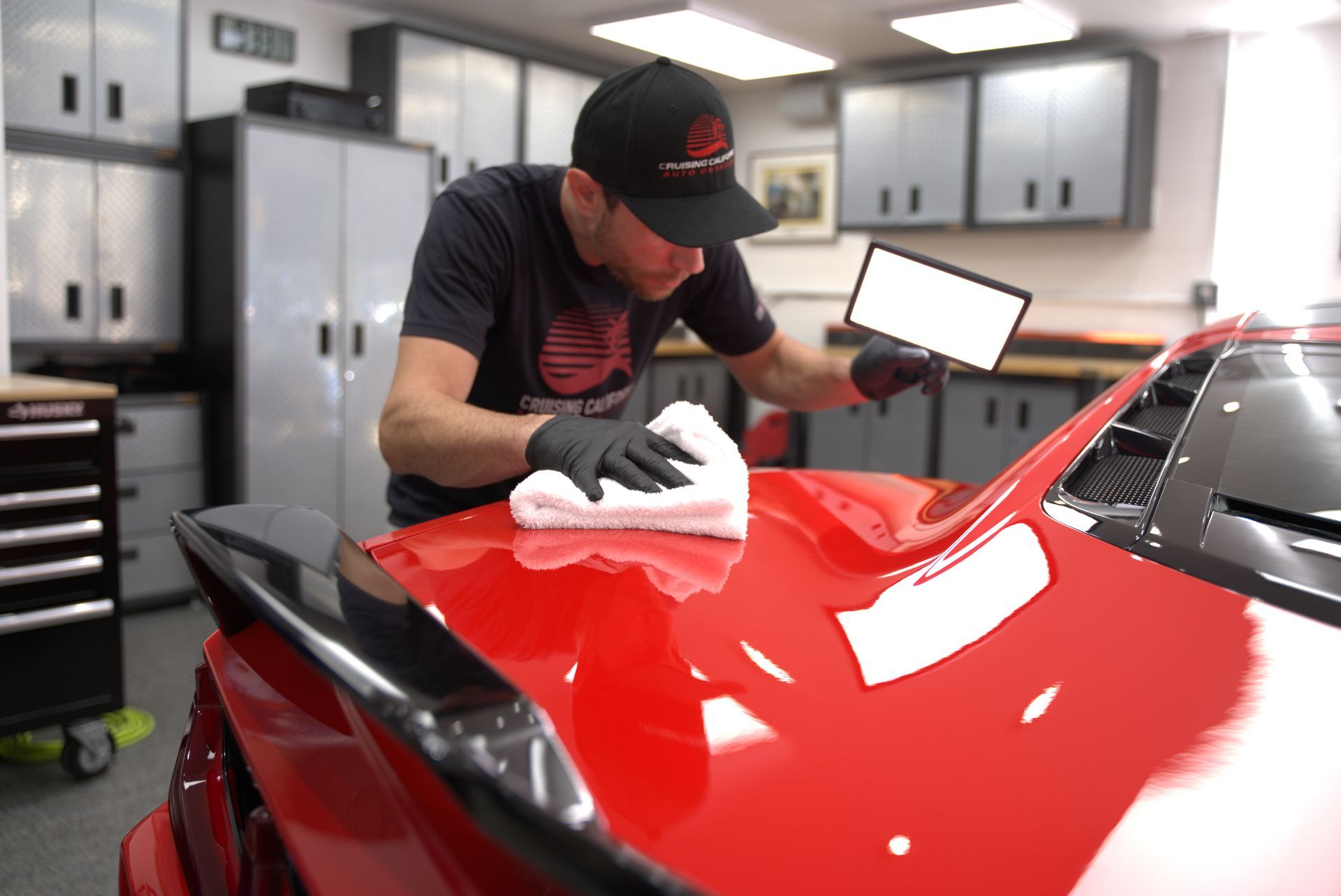By SEO Team
•
December 21, 2024
When it comes to protecting your vehicle, many car owners find themselves torn between two popular options: ceramic coating and paint protection film (PPF). You might be asking yourself, "Which one is better for my car?" This is a common dilemma because both solutions bring unique benefits to the table, but they cater to different needs. Understanding the ins and outs of each will help you pick the right one for your cherished ride. Let's dive into what makes ceramic coatings and PPF stand out in the world of vehicle protection. Ceramic coating provides a hydrophobic layer that enhances gloss, resists chemical stains, and requires less maintenance, while paint protection film (PPF) offers robust physical protection against scratches and impacts with self-healing properties. Choosing the right option depends on your specific priorities: if you want long-lasting shine with easier cleaning, opt for ceramic coating; if you seek maximum defense against physical damage, PPF would be more suitable. Key Differences Between Ceramic Coating and PPF Understanding how these two protection options differ is crucial in making an informed decision about which best suits your vehicle's needs. To start with, the composition and application process of each product significantly set them apart. Composition and Application Ceramic coatings consist of liquid polymers that, when applied, chemically bond with your car's paint surface. This bond creates a strong hydrophobic layer that repels water and prevents dirt and grime from sticking easily. It's similar to the way rain beads on a freshly waxed car and rolls off effortlessly. The application typically takes several hours and requires meticulous prep work to ensure the surface is clean, polished, and free from imperfections before any coating can stick properly. Conversely, paint protection film (PPF) is made from a thicker polyurethane film that adheres to the exterior of the vehicle, serving as a physical barrier. When installing PPF, skilled professionals meticulously cut and fit the film over specific areas, providing superior coverage against external elements like scratches or small rocks that may chip the paint. While both options need skilled application for optimal results, PPF is generally more forgiving during installation because it can be adjusted post-application if necessary. Protection Capabilities Moving on to their protective capabilities, this is where the differences really shine. Ceramic coatings are renowned primarily for their resilience against UV rays, oxidation, and light chemical stains. They enhance your car’s glossiness while making cleaning more manageable, as they create a slick surface where dirt finds it hard to settle. However, it's important to note that while ceramic coatings excel in preventing chemical damage, they fall short in safeguarding against physical impacts such as rock chips or deep scratches. This is where paint protection film takes the lead. PPF provides robust defense against chips, scratches, and even minor abrasions thanks to its thickness. What’s more fascinating is its self-healing property; when exposed to heat—like during a sunny day or from a warm engine—minor scratches may disappear as the film returns to its original state. This unique quality can be remarkably reassuring for vehicle owners who frequently navigate through harsh conditions. Choosing between ceramic coating and PPF ultimately comes down to understanding your vehicle’s specific protective needs. Considerations before Choosing As you weigh your options, think about how you use your car and under what conditions it will be exposed: Do you drive in city traffic where scratches are likely? Or perhaps your concern lies more with maintaining that glossy finish amidst sun exposure? Your answers might guide you toward one option over another or even suggest using both for maximum protection. Recognizing these key differences empowers you with information essential for safeguarding your vehicle while enhancing its appearance splendidly over time. Whether opting for the advanced chemical resistance of ceramic coating or the formidable physical barrier provided by PPF—or even combining both—your choice plays an integral role in maintaining your vehicle's integrity and aesthetics for years to come. With a clearer understanding of these protective measures, it's time to explore the advantages and drawbacks of each option in greater detail.
